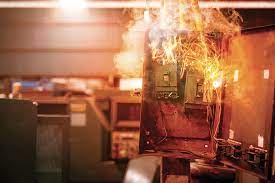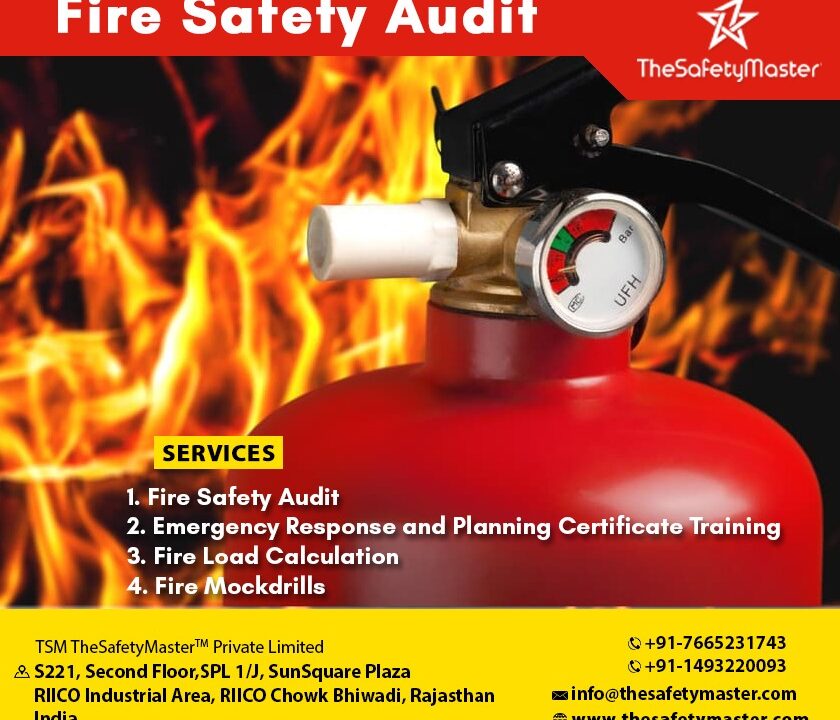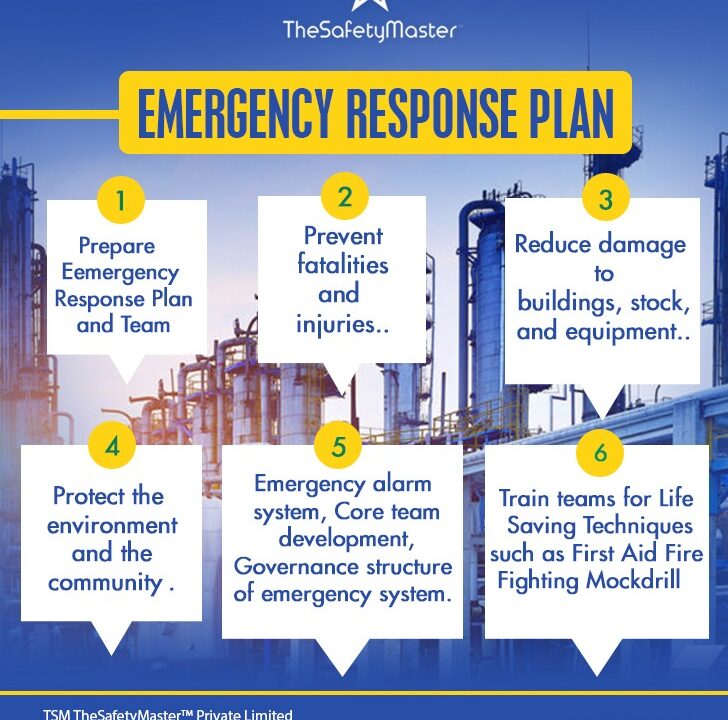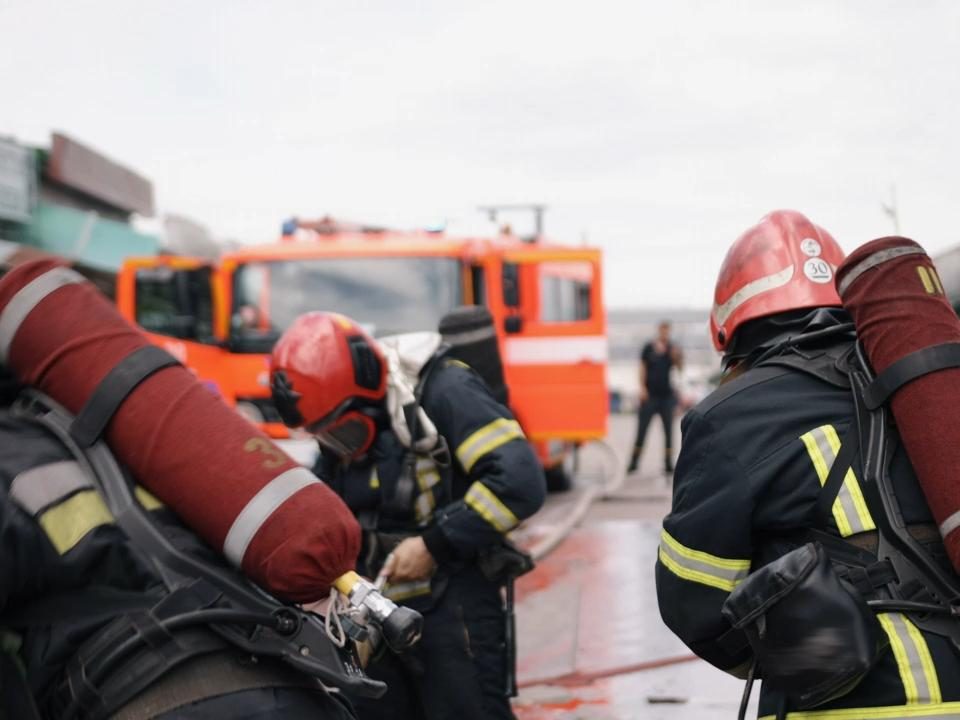Navigating the Hazards of Electrical Fires: An Arc Fire Flash Assessment Guide

Understanding the Basics of Wind Turbine Safety Audits
May 18, 2023
Protecting Your Investment: Why a Statutory Safety Audit is Necessary
May 19, 2023Navigating the Hazards of Electrical Fires: An Arc Fire Flash Assessment Guide
Electrical fires are one of the most hazardous and life-threatening risks we face in our daily lives. They can occur unexpectedly if the wiring in your home or workplace is outdated, damaged or improperly installed. These types of fires can be triggered by any number of electrical sources including faulty appliances, electronics, wiring, and power outlets. Unfortunately, Electrical firesoften lead to severe burns, smoke inhalation or even death.
If you’re reading this article, it’s likely that you’re concerned about the potential dangers of Electrical fires and you want to learn more about how to prevent them. In this guide to navigating the hazards of electrical fires, we will cover everything from assessing the fire risk in your home or workplace to what to do if an Electrical fires breaks out. By the end of this article, you will have a better understanding of how electrical fires start and how to protect yourself and your loved ones if they occur.
The Story of Sarah: A Close Encounter with Arc Flash Fire
It was a typical Tuesday evening when Sarah was relaxing at home after a long day at work. Suddenly, she heard a loud popping sound coming from the electrical outlet in her living room. She went to investigate and as soon as she touched the outlet, she felt an intense heat and saw sparks flying out. Before she could react, an arc flash occurred, creating a blinding light followed by a loud explosion that threw her across the room.
Understanding the Different Types of Electrical Fires
Electrical fires can be caused by a variety of factors, such as faulty wiring, overloaded circuits, and damaged electrical appliances. Depending on the source of the fire, different types of electrical fires can occur:
1. Arc Faults: These occur when electricity jumps across a gap in faulty or damaged wires, creating an arc that can ignite nearby materials. Arc faults are dangerous because they often happen inside walls or other concealed spaces and can go undetected until it’s too late.
2. Overloaded Circuits: When too many electrical devices are connected to a single circuit or outlet, it can overload the circuit and create heat that leads to a fire. Overloaded circuits are common in older homes with outdated wiring or insufficient electrical capacity.
3. Short Circuits: A short circuit occurs when an exposed wire comes into contact with another wire or metal object, causing a surge in electricity that generates heat and sparks. Short circuits can happen when insulation is worn down or damaged by pests like rodents.
To protect yourself from these different types of electrical fires, it’s important to understand their causes and take preventive measures like regular maintenance checks on your appliances and wiring systems.
First Things First: Assessing the Fire Risk in your Home or Workplace
When it comes to electrical fires, prevention is always better than cure. Conducting a fire risk assessment is the first line of defense against potential electrical hazards in your home or workplace. A fire risk assessment involves identifying potential fire hazards, evaluating the risks they pose, and taking action to minimize or eliminate them.
Begin by examining all electrical equipment and systems in your home or workplace. Identify any damaged cords, overheating appliances, overloaded outlets, or other potential hazards that could cause an electrical fire. Make sure that all devices are properly grounded and there are no exposed wires. Hire a licensed electrician if you are not confident in your ability to assess the situation on your own.
Arc Fire Protective Measures: What You Need to Know
When it comes to electrical fires, arc fires are some of the most dangerous and unpredictable. These high-heat, high-intensity events can cause catastrophic damage to people and property alike. That’s why it’s so important to have an arc fire protective plan in place before an emergency occurs.
One of the key components of arc fire protection is proper equipment maintenance. This means ensuring that all electrical devices are properly installed, grounded, and maintained according to manufacturer guidelines. It also means using protective equipment like insulated gloves or shields when working with live wires. And don’t forget about safety training! Proper training can help ensure that everyone on your team knows how to handle an electrical emergency in a calm and effective manner.
In Case of Fire: Handling Electrical Fires like a Pro
Electrical fires can be dangerous, and it’s important to know how to handle them quickly and effectively to minimize damage and risk. Here are some key steps to take in case of an electrical fire:
Step 1: Turn off the Power
The first thing you should do is cut off the source of electricity if it’s safe to do so. This will help reduce the chances of an arc flash occurring and make it easier for you to tackle the fire.
Step 2: Use Fire Extinguishers
If you have a small electrical fire, you can use a Class C fire extinguisher specifically designed for use on electrical fires. It’s essential that you only use extinguishers rated for Class A, B, or C fires as they’re usually non-conductive and won’t cause additional damage.
Step 3: Evacuate the Area
If the fire is not contained, evacuate everyone from the area immediately. Never try to fight large or spreading electrical fires on your own. Instead, call emergency services right away.
Remember that prevention is always better than cure when it comes to electrical hazards. Proper training and awareness can also play a big role in minimizing risks associated with handling electrical equipment or working near energized systems.
Staying Safe: What to Do Before, During, and After an Electrical Fires
Before an electrical fire occurs, it’s crucial to be proactive with your safety measures. Develop an emergency plan that includes escape routes from each room in your home or office building. Make sure all electrical appliances are regularly maintained and inspected for any signs of wear or damage. This includes cords, plugs, and outlets that may be outdated or overloaded.
During an electrical fire, it’s important to stay calm and act quickly. If you’re unable to extinguish the fire safely and effectively with a fire extinguisher, evacuate immediately. Use the designated escape routes and do not attempt to use elevators. Cover your nose and mouth with a damp cloth as you make your way out.
After an electrical fire has been extinguished, do not re-enter the building until authorities have ensured it is safe to do so. Inspect any damaged electrical equipment before using it again and seek professional assistance if necessary. Take the time to review what happened during the incident and identify any changes that need to be made in order for everyone involved to stay safe moving forward.
Making Prevention a Priority: Tips and Strategies for Avoiding Electrical Fires
Preventing electrical fires is key to avoiding the risks inherent in these types of disasters. While it is important to have the appropriate protective measures in place, such as smoke detectors and fire extinguishers, there are also several preventative measures that can minimize or eliminate hazards before they become serious.
One key strategy is to stay on top of maintenance and repairs. Regularly checking electrical systems and appliances for any signs of wear, damage, or malfunction can help prevent sparks or short circuits that could lead to fires. Additionally, it is important to avoid overloading outlets by using power strips sparingly and unplugging appliances when not in use. Taking these proactive steps can go a long way toward preventing electrical fires from occurring in the first place.
Conclusion: You Can Help Prevent Electrical Fires, Here’s How!
In conclusion, electrical fires are a dangerous and potentially life-threatening hazard that can strike at any time. However, by understanding the warning signs, assessing the risks in your home or workplace, and taking proactive steps to prevent these fires from starting in the first place, you can significantly reduce your chances of experiencing an electrical fire. Remember to always put safety first when dealing with electricity, and don’t hesitate to seek professional help if you encounter any problems. By working together to raise awareness about electrical fire safety, we can make our homes and workplaces safer for everyone.
TSM TheSafetyMaster® Private Limited
Unit No 221-451-452, SPL1/J, 2nd Floor, Sunsquare Plaza Complex, RIICO Chowk, Bhiwadi 301019, Rajasthan, India
Phone: +91 1493 22 0093/+91-124-4881109
Mobile: +91 7665231743/9413882016
Email: info@thesafetymaster.com




